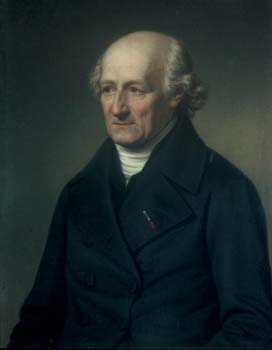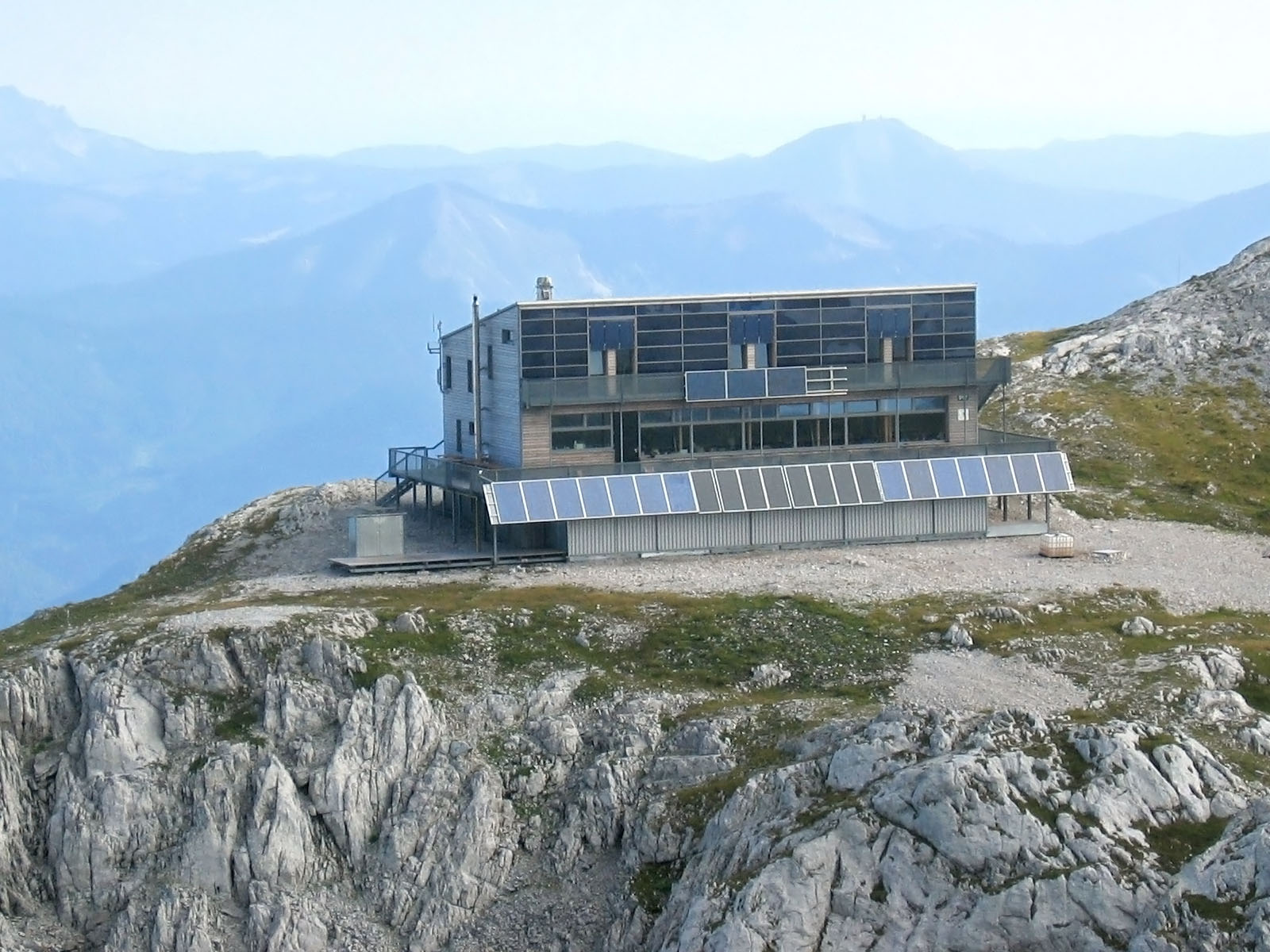|
Beilstein (Württemberg)
Beilstein may refer to: Places in Germany *Beilstein, Hesse, a village *Beilstein, Rhineland-Palatinate, a municipality *Beilstein, Württemberg, a town *Beilstein (Rhön), an extinct volcano in Hesse *Beilstein (Spessart), a hill in the Main-Kinzig district of Hesse Other uses *Beilstein, a peak in the Hochschwab Mountains, Austria *Friedrich Konrad Beilstein (1838–1906), Russian chemist **Beilstein database, in organic chemistry **Beilstein Institute for the Advancement of Chemical Sciences **''Beilstein Journal of Nanotechnology'' **''Beilstein Journal of Organic Chemistry'' **Beilstein Registry Number **Beilstein test, a qualitative test for halides See also * *Counts of Nassau-Beilstein, in the House of Nassau#Counts of Nassau-Beilstein, House of Nassau *Lordship of Winneburg and Beilstein, a territory of the Holy Roman Empire {{disambiguation, geo ... [...More Info...] [...Related Items...] OR: [Wikipedia] [Google] [Baidu] |
Beilstein, Hesse
Beilstein is a village in the German municipality Greifenstein, in the state Hesse. In December 2020, Beilstein counted 1,457 inhabitants, and its area is . The village is located about 10 km southwest of Herborn, 17 km northwest of the city Wetzlar and about 80 km north of Frankfurt am Main. Beilstein is located in the eastern part of the Westerwald mountain range in Hessen, near the border with Rheinland-Pfalz. The current day village is a combination of the villages Beilstein, Haiern and Wallendorf. Written records of Wallendorf trace back to the year 774. Beilstein itself was granted city rights on 18 February 1321 by the count of Nassau. Haiern is part of Beilstein since 1941. ''Burg Beilstein'' (Castle of Beilstein), was mentioned in official records in 1129 for the first time, and was expanded around 1320 by the counts of Nassau. Beilstein was between 1607 and 1620 the residence of a branch of the house Nassau-Dillenburg with George, Count of Nassau-Dill ... [...More Info...] [...Related Items...] OR: [Wikipedia] [Google] [Baidu] |
Beilstein, Rhineland-Palatinate
Beilstein () is an '' Ortsgemeinde'' – a municipality belonging to a ''Verbandsgemeinde'', a kind of collective municipality – in the Cochem-Zell district in Rhineland-Palatinate, Germany. It belongs to the ''Verbandsgemeinde'' of Cochem, whose seat is in the like-named town. Geography Location The municipality lies on the river Moselle. History Finds from Frankish graves show that Beilstein was settled about AD 800. Beginning in 1268, the village was a fief held by the Lords of Braunshorn. Under Johann von Braunshorn (1299–1346), Beilstein was granted town privileges in 1309 by Heinrich VII and was fortified. In 1309, a Jewish community was founded, whose graveyard up above the castle still exists today. In 1310 the former parish church was endowed. After the family von Braunshorn died out, the fief passed in 1360 to the family von Winneburg. After the Electorate of Trier took over ownership of Beilstein in 1488, it enfeoffed the Imperial Counts of Metternich ... [...More Info...] [...Related Items...] OR: [Wikipedia] [Google] [Baidu] |
Beilstein, Württemberg
Beilstein () is a town in the district of Heilbronn in Baden-Württemberg in southern Germany. It is southeast of Heilbronn. Beilstein is on the Württemberg wine route (''Württemberger Weinstraße''). Geography Beilstein lies in the south of the district of Heilbronn. The town is crossed by the Söhlbach, a tributary of the Bottwar. The communal land of Beilstein includes big parts of the Löwenstein Mountains. Annasee Lake is nearby. Neighbouring municipalities Neighbouring towns and municipalities of Beilstein are (clockwise from the south): Oberstenfeld, Großbottwar (both in the district of Ludwigsburg), Ilsfeld, Abstatt, Lauffen am Neckar (exclave Etzlenswenden), Löwenstein (all in the district of Heilbronn) and Spiegelberg (Rems-Murr-Kreis). The village Farnersberg is an exclave between Untergruppenbach in the north and Lauffen's exclave ''Stadtwald Etzlenswenden'' in the south. Beilstein has combined with Abstatt, Ilsfeld and Untergruppenbach to form a joint ... [...More Info...] [...Related Items...] OR: [Wikipedia] [Google] [Baidu] |
Beilstein (Rhön)
The Beilstein is an extinct volcano in Hesse, Germany that is . It rises in the Rhön Mountains, a ''Mittelgebirge'' in the German states of Bavaria, Hesse and Thuringia. It lies in the High Rhön on the Bavarian-Hessian border, which locally forms the boundary between the town of Gersfeld in the Hessian county of Fulda (district) and the market town of Wildflecken in the Bavarian county of Bad Kissingen Bad Kissingen is a German spa town in the Bavarian region of Lower Franconia and seat of the district Bad Kissingen. Situated to the south of the Rhön Mountains on the Franconian Saale river, it is one of the health resorts, which beca .... On the mountain are parts of the Wildflecken Training Area and the Ludwigstein. References Mountains of Hesse Mountains and hills of the Rhön Wildflecken Training Area {{Hesse-geo-stub ... [...More Info...] [...Related Items...] OR: [Wikipedia] [Google] [Baidu] |
Beilstein (Spessart)
The Beilstein is a hill in the Main-Kinzig district of Hesse, Germany. It is part of the Spessart range and lies in the municipality of Jossgrund close to the ''Ortsteil'' of . Its elevation is 499 metres above sea level. Geography Location The Beilstein is located at the end of the valley of the Jossa. It is part of the ''Mittelgebirge'' Spessart and lies in the Hessian part of the range, close to the border to Bavaria. The Beilstein lies between Lettgenbrunn and Bad Orb, just south of the 521 m high '. The Beilstein is part of the municipal territory of Jossgrund. Geology Unlike most of the Spessart, which consists mainly of Buntsandstein, the Beilstein is an outcropping of basalt. The upper slopes of the hill are wooded, but at the top basalt rocks are exposed. Around 10-20 million years ago, volcanic activity caused this to break through the local Buntsandstein, which is roughly 200 million years older. The Beilstein features characteristic basalt columns and the larg ... [...More Info...] [...Related Items...] OR: [Wikipedia] [Google] [Baidu] |
Hochschwab Mountains
The Hochschwab, Hochschwab Mountains, Hochschwab Alps or Hochschwab Group (german: Hochschwabgruppe) is a mountain range in the Northern Limestone Alps of Austria. The range is in the Styria. The highest peak is also called Hochschwab and is 2,277 metres above the Adriatic. Location The mountain range is located in the eastern part of the Northern Alps in the Austrian state of Styria. According to the Alpine Club classification of the Eastern Alps (AVE) the range is bounded as follows: : Großreifling – Salza – Gußwerk – Wegscheid – Seeberg Saddle – Seegraben – Stübmingbach – Thörlbach to its confluence with the Mürz – Mürz to its confluence with the Mur – Mur to Leoben – Vordernberger Bach – Präbichl – Erzbach – Hieflau – Enns to GroßreiflingDivision of the Alps' at bergalbum.de (private website) It includes: * the ''Hochschwab massif'' (the ''Hochschwab group'' in its specific sense): [...More Info...] [...Related Items...] OR: [Wikipedia] [Google] [Baidu] |
Friedrich Konrad Beilstein
Friedrich Konrad Beilstein (russian: Фёдор Фёдорович Бейльштейн) (17 February 183818 October 1906), was a Russian chemist and founder of the famous ''Handbuch der organischen Chemie'' (''Handbook of Organic Chemistry''). The first edition of this work, published in 1881, covered 1,500 compounds in 2,200 pages. This handbook is now known as the Beilstein database. Life Beilstein was born in Saint Petersburg in a family of German descent. Although he mastered the Russian language, he was educated in a German school. At the age of 15, he left for the University of Heidelberg where he studied chemistry under the tuition of Robert Bunsen. After two years he moved to the University of Munich and became a pupil of Justus Liebig, but soon returned to Heidelberg. There he acquired an interest and preference for organic chemistry, which became his major. For his Ph.D., Beilstein joined Friedrich Wöhler at the University of Göttingen, receiving his doctorate in Febr ... [...More Info...] [...Related Items...] OR: [Wikipedia] [Google] [Baidu] |
Beilstein Database
The Beilstein database is the largest database in the field of organic chemistry, in which compounds are uniquely identified by their Beilstein Registry Number. The database covers the scientific literature from 1771 to the present and contains experimentally validated information on millions of chemical reactions and substances from original scientific publications. The electronic database was created from ''Handbuch der Organischen Chemie'' (''Beilstein's Handbook of Organic Chemistry''), founded by Friedrich Konrad Beilstein in 1881, but has appeared online under a number of different names, including Crossfire Beilstein. Since 2009, the content has been maintained and distributed by Elsevier Information Systems in Frankfurt under the product name "Reaxys". The database contains information on reactions, substances, structures and properties. Up to 350 fields containing chemical and physical data (such as melting point, refractive index etc.) are available for each substance. ... [...More Info...] [...Related Items...] OR: [Wikipedia] [Google] [Baidu] |
Beilstein Institute For The Advancement Of Chemical Sciences
The Beilstein Institute for the Advancement of Chemical Sciences is a non-profit foundation located in Frankfurt am Main (German: ''Beilstein-Institut zur Förderung der Chemischen Wissenschaften''). Founded in 1951 by the Max Planck Society in honor of Friedrich Beilstein, the institute is actively involved in maintaining the Beilstein database and the conversion of the contents of scientific libraries into electronic media. In 2005, the institute initiated the open access ''Beilstein Journal of Organic Chemistry'' and in 2010 the ''Beilstein Journal of Nanotechnology The ''Beilstein Journal of Nanotechnology'' is a peer-reviewed platinum open-access scientific journal covering all aspects of nanoscience and nanotechnology. It is published by the Beilstein Institute for the Advancement of Chemical Sciences a ...''. External links * Scientific organisations based in Germany {{germany-org-stub ... [...More Info...] [...Related Items...] OR: [Wikipedia] [Google] [Baidu] |
Beilstein Journal Of Nanotechnology
The ''Beilstein Journal of Nanotechnology'' is a peer-reviewed platinum open-access scientific journal covering all aspects of nanoscience and nanotechnology. It is published by the Beilstein Institute for the Advancement of Chemical Sciences and the editor-in-chief is Thomas Schimmel ( Karlsruhe Institute of Technology). The journal was established in 2010. Abstracting and indexing The journal is abstracted and indexed in: *Chemical Abstracts Service *Current Contents/Physical, Chemical & Earth Sciences *Ei Compendex * Science Citation Index Expanded *Scopus According to the ''Journal Citation Reports'', the journal has a 2020 impact factor The impact factor (IF) or journal impact factor (JIF) of an academic journal is a scientometric index calculated by Clarivate that reflects the yearly mean number of citations of articles published in the last two years in a given journal, as ... of 3.65. References External links *{{Official website, http://www.beilstein-journals. ... [...More Info...] [...Related Items...] OR: [Wikipedia] [Google] [Baidu] |
Beilstein Journal Of Organic Chemistry
The ''Beilstein Journal of Organic Chemistry'' is a peer-reviewed open-access scientific journal established in 2005. It is published by the Beilstein Institute for the Advancement of Chemical Sciences, a German non-profit foundation. The editor-in-chief is Peter Seeberger (Max Planck Institute of Colloids and Interfaces). According to the ''Journal Citation Reports'', the journal has a 2020 impact factor The impact factor (IF) or journal impact factor (JIF) of an academic journal is a scientometric index calculated by Clarivate that reflects the yearly mean number of citations of articles published in the last two years in a given journal, as i ... of 2.88. Scientific videos are available for selected articles of the journal. References External links * Organic chemistry journals Open access journals Creative Commons Attribution-licensed journals Publications established in 2005 English-language journals BioMed Central academic journals {{chem-journal-stu ... [...More Info...] [...Related Items...] OR: [Wikipedia] [Google] [Baidu] |
Beilstein Registry Number
The Beilstein Registry Number is a way of identifying compounds similar to the CAS registry number. It is the unique identifier A unique identifier (UID) is an identifier that is guaranteed to be unique among all identifiers used for those objects and for a specific purpose. The concept was formalized early in the development of computer science and information systems ... for compounds in the Beilstein database. References Chemical numbering schemes {{chem-stub ... [...More Info...] [...Related Items...] OR: [Wikipedia] [Google] [Baidu] |



